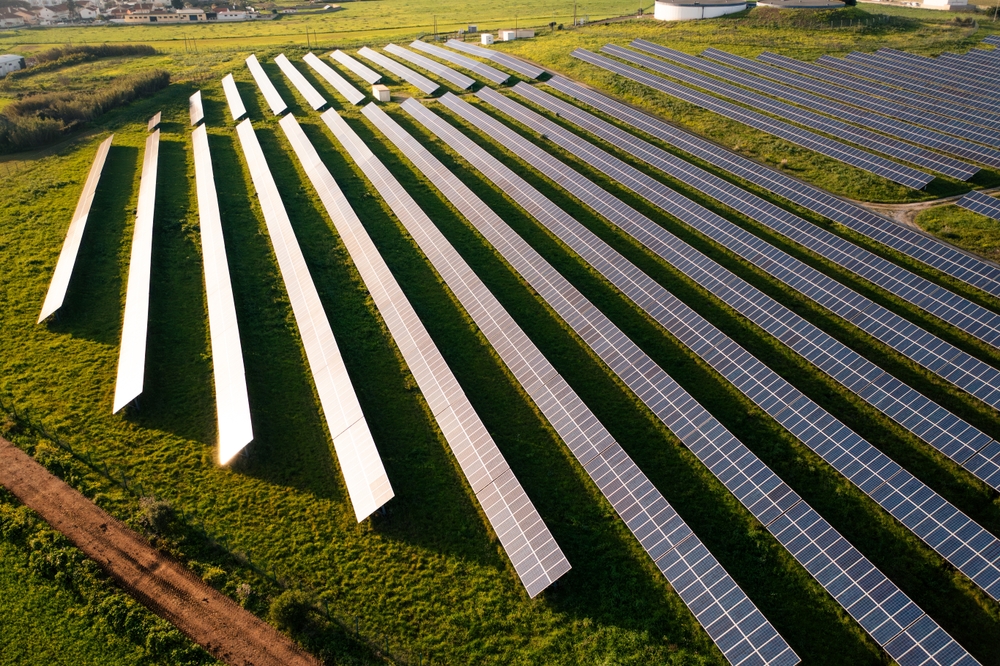A new subscription-based community solar garden is coming to Annapolis County, N. S. The subscription model is the first of its kind in Canada, and makes solar energy more accessible to rural and temporary dwellers by eliminating the need to install solar panels at home. Instead, local residents can “subscribe” to a communal solar garden—a multi-acre installation of solar panels—which will offset their power usage from the provincial power grid and, in turn, lower their energy costs.
The garden will be an extension of the provincial government’s Community Solar Program, which was devised as a step toward Nova Scotia’s goal of achieving 80 per cent renewable energy by 2030. The project also pushes forward Action 18 in the province’s Our Climate, Our Climate, Our Future: Nova Scotia’s Climate Change Plan for Clean Growth: to create 500 megawatts of local, renewable energy by 2026, as well as 50 megawatts of community solar.
Annapolis County’s solar garden, which is projected to create 4.8 megawatts of power, will be constructed on Brooklyn Road on unused farmland. The plot, according to David Bowlby, the MLA for Annapolis County, gets long days of sun and is south-facing, making it an ideal location for a project of this kind.
“The potential usage [of solar energy in Annapolis County] is basically untapped,” he says. “There’s some solar on homes and maybe a couple of businesses, but this solar garden project will be the first in our county. It’s pretty exciting.”
The innovative subscription-model combats common barriers to home solar, such as shaded properties, roofs that cannot withstand panels, and rented or temporary dwellings—all attributes that often apply to cottages.
The subscription model works like this: residential and commercial properties apply to replace a percentage of their electricity grid usage with power from the solar garden. Once approved, subscribers will “own” a piece of the solar garden, which will generate electricity both to power their properties and to send to the provincial power grid. Based on an agreed upon Power Purchase Agreement (which determines the value of the energy one’s portion of the garden creates), Nova Scotia Power will credit the subscriber for the power they added to the grid, thus reducing their monthly bill.
One megawatt can power more than 100 homes for one year. Depending on how much grid energy subscribers choose to replace with solar power, the Annapolis County garden has the potential to mitigate energy costs for well over 500 properties, including those that were previously left out.
Out of 11,600 private dwellings in Annapolis County, only 9,800 house permanent residents. Many of the nearly 2,000 remaining have seasonal occupants or cottagers, which is a population that Bowlby expects to grow as people discover the area is a “hidden gem for recreation.”
“The beauty of this community solar program is that it allows people to subscribe to solar energy without having to install panels on their own property, so it’s ideal for renters, apartment dwellers, homeowners with shaded roofs, and cottage owners,” says Bowlby.
The Annapolis County garden is being built in partnership with AI Renewable and Potlotek First Nation. AI Renewables is also involved in other Community Solar Program gardens across the province, including in West Petpeswick, the Halifax Regional Municipality, and Sydney, where a second garden is in works now after the success of the first installed in Fall 2024.
“We need to do what we can as a government and as citizens to drive things ahead and make things better in light of the issues that our country is facing,” says Bowlby. “Anything that we can do to create wealth for Nova Scotians is a good move.”
 Related Story Could wind turbines on the Great Lakes solve Ontario’s electricity needs?
Related Story Could wind turbines on the Great Lakes solve Ontario’s electricity needs?
 Related Story Quonsets are the new mighty-strong, energy-efficient, last-you-a-lifetime rural residences
Related Story Quonsets are the new mighty-strong, energy-efficient, last-you-a-lifetime rural residences
 Related Story This organization is helping rural communities across Canada expand their EV charging networks
Related Story This organization is helping rural communities across Canada expand their EV charging networks

